The University of Chicago Press, Chicago 60637
The University of Chicago Press, Ltd., London
1969 by the University of Chicago
All rights reserved
Published 1969
Paperback edition 1972
Printed in the United States of America
14 13 12 11 10 09 13 14 15 16
LCN: 72-94079
ISBN: 978-0-226-21639-3 (ebook)
ISBN: 0-226-63307-1 (paperbound)

The paper used in this publication meets the minimum requirements of the American National Standard for Information SciencesPermanence of Paper for Printed Library Materials, ANSI Z39.48-1992.
Foreword
Once in an anthropological blue moon the right person comes along at the proper time and presents us with an account of a particular tribe or a particular problem which moves us onto a new plateau. In this monograph on the Tewa Pueblos of New Mexico, Alfonso Ortiz has delineated their world view with the authority of a participant, and has related it to their social and cultural life with a clarity and economy which is as rare as it is impressive.
The Eastern Pueblos of New Mexico, who were first discovered by the Spaniards some four centuries ago, have managed to retain their cultural independence in the face of almost overwhelming political and religious pressures. The first reaction was militancy; the Tewa-speaking Pueblos in the Rio Grande valley to the north of Santa Fe took a leading role in the Pueblo Rebellion of 1680, which drove the Spaniards out of New Mexico for a dozen years. But the Spaniards were not to be denied. On their return the Pueblos were forced to submit and outwardly to conform. They became nominal Catholics, but they took their own religion underground and have maintained it to the present day, guarding their ceremonies and their inner life against the outside world.
The author of this volume, Alfonso Ortiz, is a relatively new type of social anthropologistone who comes from the community that he studies and interprets. He was born thirty years ago in San Juan Pueblo, the largest of the six surviving Tewa villages in New Mexico. Such studies are particularly difficult for most of us since they normally require a certain degree of detachment, but under favorable circumstances the command of the language and the initial knowledge of the society and culture more than compensate. Here, for the first time, we have a view of Tewa life as seen from the inside.
The choice of San Juan as a basis for doctoral research was an obvious one. As the author notes, San Juan is the largest and most isolated of the Tewa Pueblos, as well as one of the least known. Earlier research by a number of students had indicated that the Tewa villages differed rather considerably from the better known Western Pueblos, particularly with regard to their social structure. Thus the basic feature of Tewa social organization was a division into Summer people and Winter people and a further tendency to fit various aspects of Tewa culture into this dual pattern. But the details were obscure and the data available often contradictory.
In the realm of anthropological theory there has been a revival of interest in dual organization in recent years, stemming in large measure from the theoretical formulations of Professor Lvi-Strauss and the ethnographic accounts of the G-speaking Indians of Brazil and their neighbors. The theoretical problems here are highly technical, but on an abstract level, at least, Lvi-Strauss has come to the conclusion that dual organizations really do not exist.
I have tried to show that the study of so-called dual organizations discloses so many anomalies and contradictions in relation to extant theory that we should be well advised to reject the theory and treat the apparent manifestations of dualism as superficial distortions of structures whose real nature is quite different and vastly more complex (1963a, p. 161).
Lvi-Strauss goes on to express the hope that the rare so-called dual organizations still functioning may be adequately studied before they disintegrate.
The reader will soon discover that Alfonso Ortizs account of Tewa world view more than fulfills this hope and expectation. Here the relationship between social dualism and symbolic dualism is analyzed in terms of the more fundamental problem of how a society can be divided and united at the same time. But dualism is only part of the Tewa picture, though a fundamental part; the way in which the dual organization ties the human categories together into a larger structure is an important part of the authors contribution.
The Tewa classify all human and spiritual existence into six categories, three human and three supernatural. These are linked into three pairs, so that at death the soul of each human category becomes a spirit of its linked supernatural category. The basic distinction is between the ordinary people and the religious leaders, between the Dry Food People and the Made People. Mediating their relations and guarding the ceremonies of the Made People are the Towa , who represent native political officials.
These categories of human and spiritual existence have an intimate association with the Tewa worldthe sacred mountains and hills in the four directions and the shrines just outside the village. In the origin myth the Tewa emerged from a lake far to the north and discovered the sacred mountains. After emergence they were divided into Summer and Winter people; they then migrated down both sides of the Rio Grande, making twelve stops before being reunited into a single community.
In the life cycle of an individual this tribal journey is symbolically reenacted in the rites of passage from birth to death. At birth the child is introduced into the society as a whole, but during the first year begins his recruitment into the moiety of his father. Here there are three rites which gradually give the child increasing adult responsibilities as a member of one moiety or the other. The moieties do not control marriage, and if the bride is of the opposite moiety she joins the moiety of her husbandshaking off her blossom petals and replacing them with icicles, or vice versa. At death, however, the rituals emphasize the unity of the whole society, and the moieties are submerged in the distinction between the living and the dead. The soul goes to join its ancestors, either at the directional shrines or on the flat-topped hills or mountains, depending on its status in life.
There are important differences in the rituals with regard to the Dry Food People, the Towa , and the Made People, which relate to their roles in Tewa life. The Made People control and direct all economic activities and most of the ritual. As representatives of the highest deities they stand at the apex of the social order. The moiety chiefs control the dual organization, each taking charge of the village for half of the yearfrom equinox to equinox in native theorybut the other groups of Made People are essentially mediators between the social and symbolic distinctions involved in the moiety system, and in this sense they transcend the dual divisions. The Towa are likewise mediators between the Made People and the Dry Food People, but since they are recruited equally from both moieties they also serve to unite the society, through establishing a network of personal ties that cut across the dual organization. The role of the Made People is particularly apparent in the analysis of the annual cycles of ritual retreats, political events, and economic activities. Here, as the Tewa say, all paths rejoin.


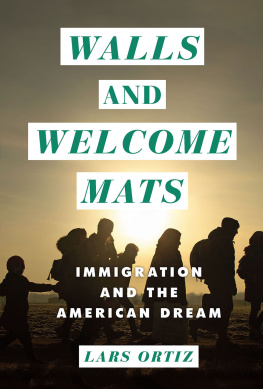

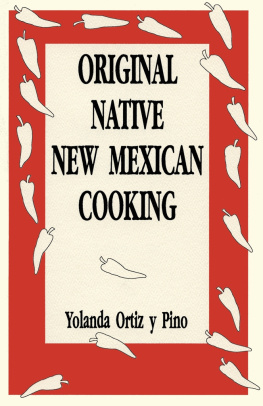
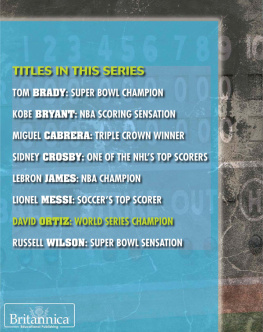
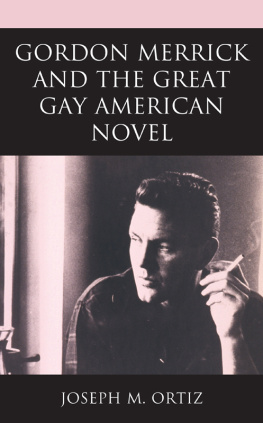
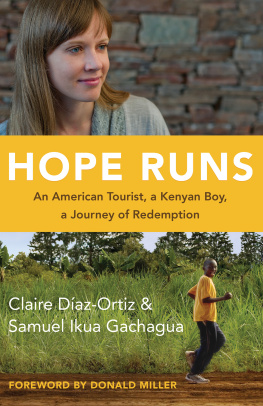
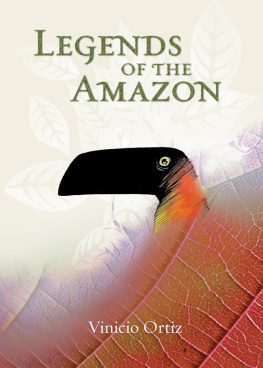
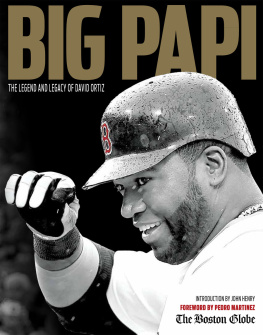
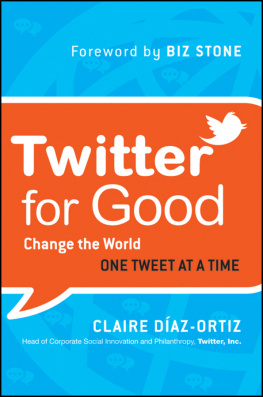
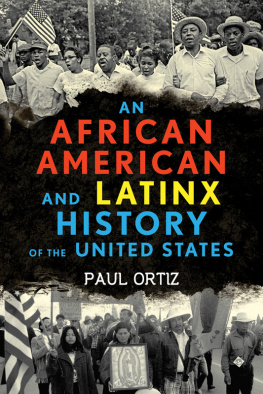
 The paper used in this publication meets the minimum requirements of the American National Standard for Information SciencesPermanence of Paper for Printed Library Materials, ANSI Z39.48-1992.
The paper used in this publication meets the minimum requirements of the American National Standard for Information SciencesPermanence of Paper for Printed Library Materials, ANSI Z39.48-1992.